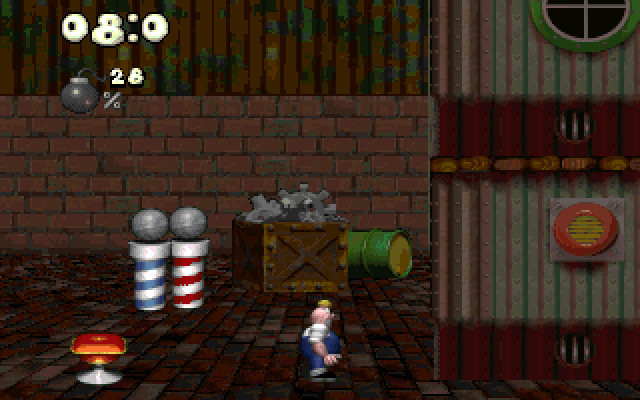

#Trash it 5.0 Patch
The seafloor beneath the Great Pacific Garbage Patch may also be an underwater trash heap. This soup is intermixed with larger items, such as fishing gear and shoes. The microplastics of the Great Pacific Garbage Patch can simply make the water look like a cloudy soup. Even satellite imagery doesn’t show a giant patch of garbage. Microplastics can’t always be seen by the naked eye.

In reality, these patches are almost entirely made up of tiny bits of plastic, called microplastics. Many plastics, for instance, do not wear down they simply break into tinier and tinier pieces.įor many people, the idea of a “garbage patch” conjures up images of an island of trash floating on the ocean. The amount of debris in the Great Pacific Garbage Patch accumulates because much of it is not biodegradable. The gently rolling vortexes of the Eastern and Western Garbage Patches gradually draw in the bottle. Finally, the bottle travels eastward on the North Pacific Current. Near the coast of Japan, the bottle may travel north on the powerful Kuroshiro Current. There, it may catch the North Equatorial Current, which crosses the vast Pacific. A plastic water bottle discarded off the coast of California, for instance, takes the California Current south toward Mexico. The circular motion of the gyre draws debris into this stable center, where it becomes trapped. The area in the center of a gyre tends to be very calm and stable. The North Pacific Subtropical Gyre is formed by four currents rotating clockwise around an area of 20 million square kilometers (7.7 million square miles): the California current, the North Equatorial current, the Kuroshio current, and the North Pacific current. Increasingly, however, it also refers to the garbage patch as a vortex of plastic waste and debris broken down into small particles in the ocean. The National Oceanic and Atmospheric Administration (NOAA) defines a gyre as a large system of swirling ocean currents. The entire Great Pacific Garbage Patch is bounded by the North Pacific Subtropical Gyre. The zone acts like a highway that moves debris from one patch to another. This convergence zone is where warm water from the South Pacific meets up with cooler water from the Arctic. These areas of spinning debris are linked together by the North Pacific Subtropical Convergence Zone, located a few hundred kilometers north of Hawaii. The patch is actually comprised of the Western Garbage Patch, located near Japan, and the Eastern Garbage Patch, located between the U.S. The Great Pacific Garbage Patch, also known as the Pacific trash vortex, spans waters from the West Coast of North America to Japan. Marine debris is litter that ends up in oceans, seas, and other large bodies of water.

The Great Pacific Garbage Patch is a collection of marine debris in the North Pacific Ocean.


 0 kommentar(er)
0 kommentar(er)
